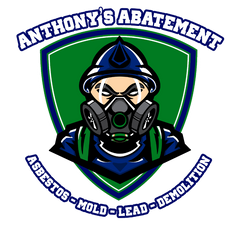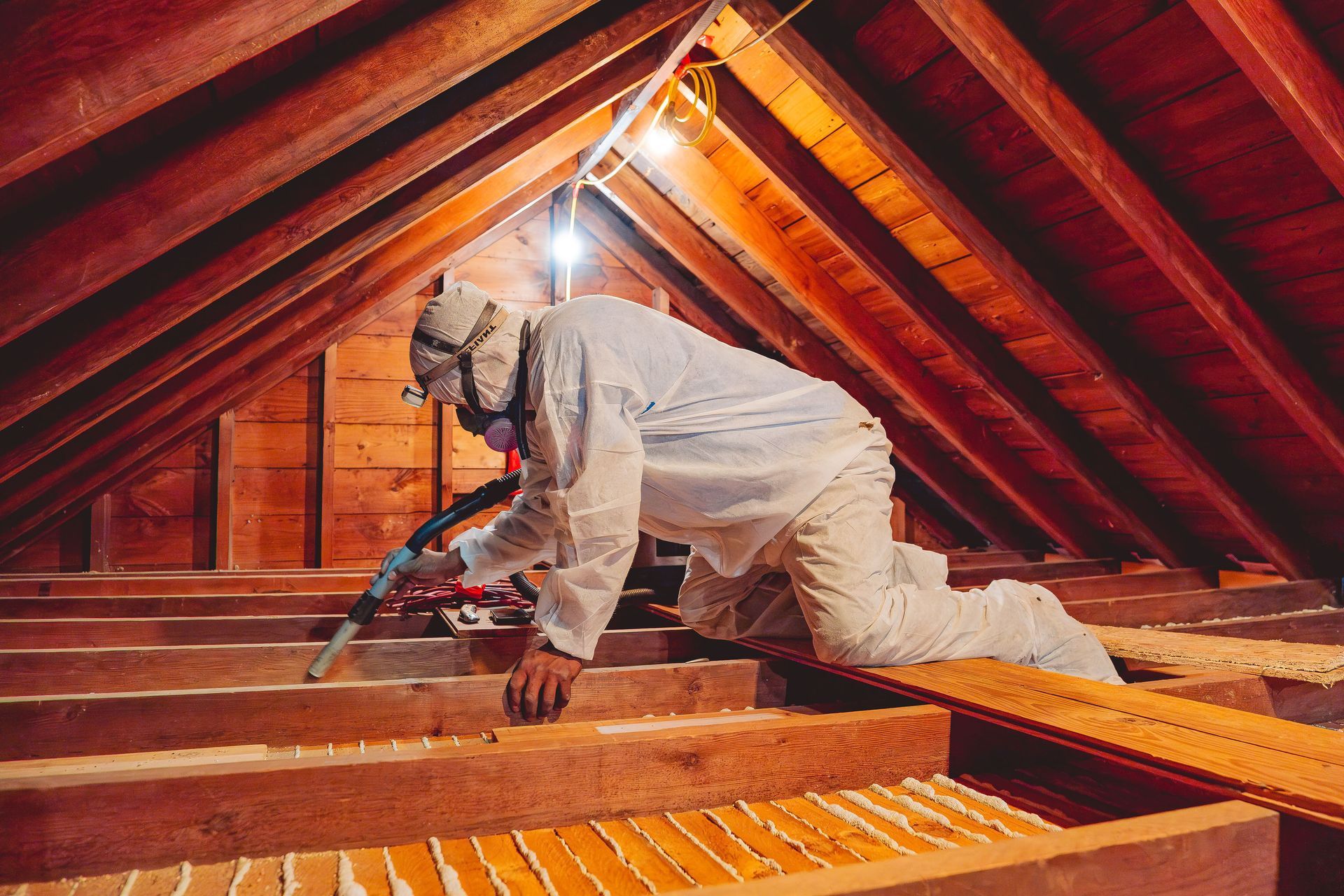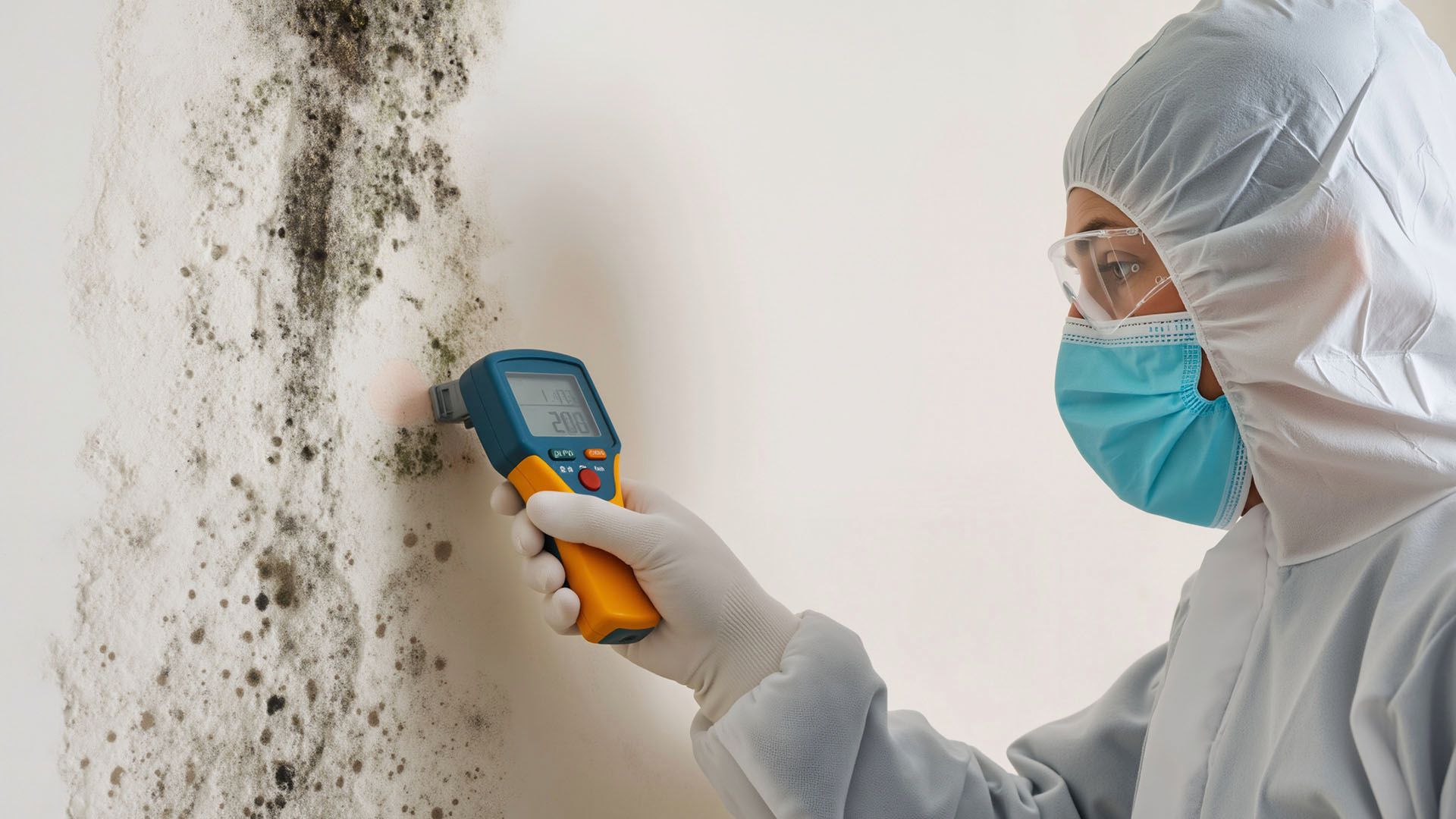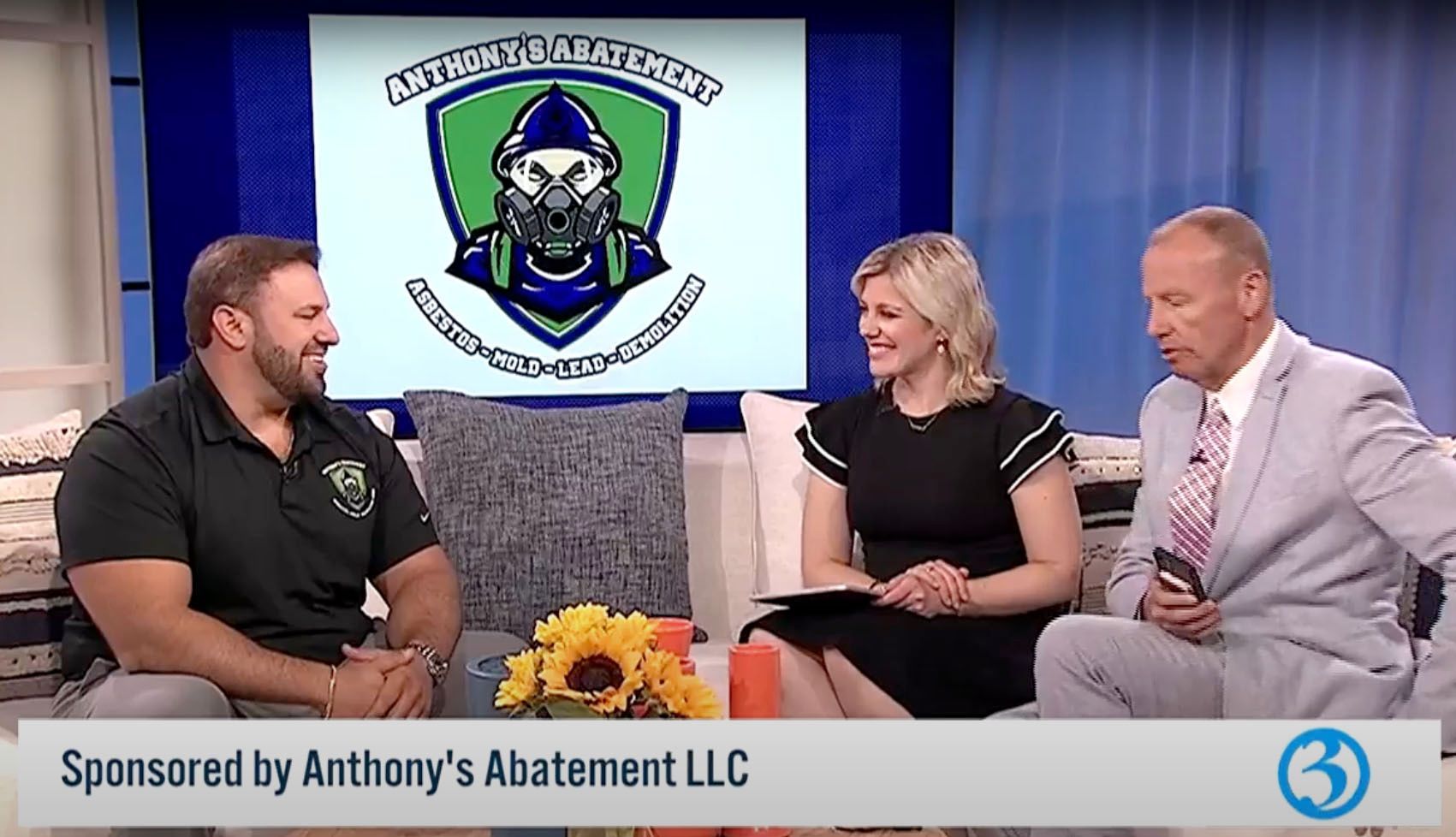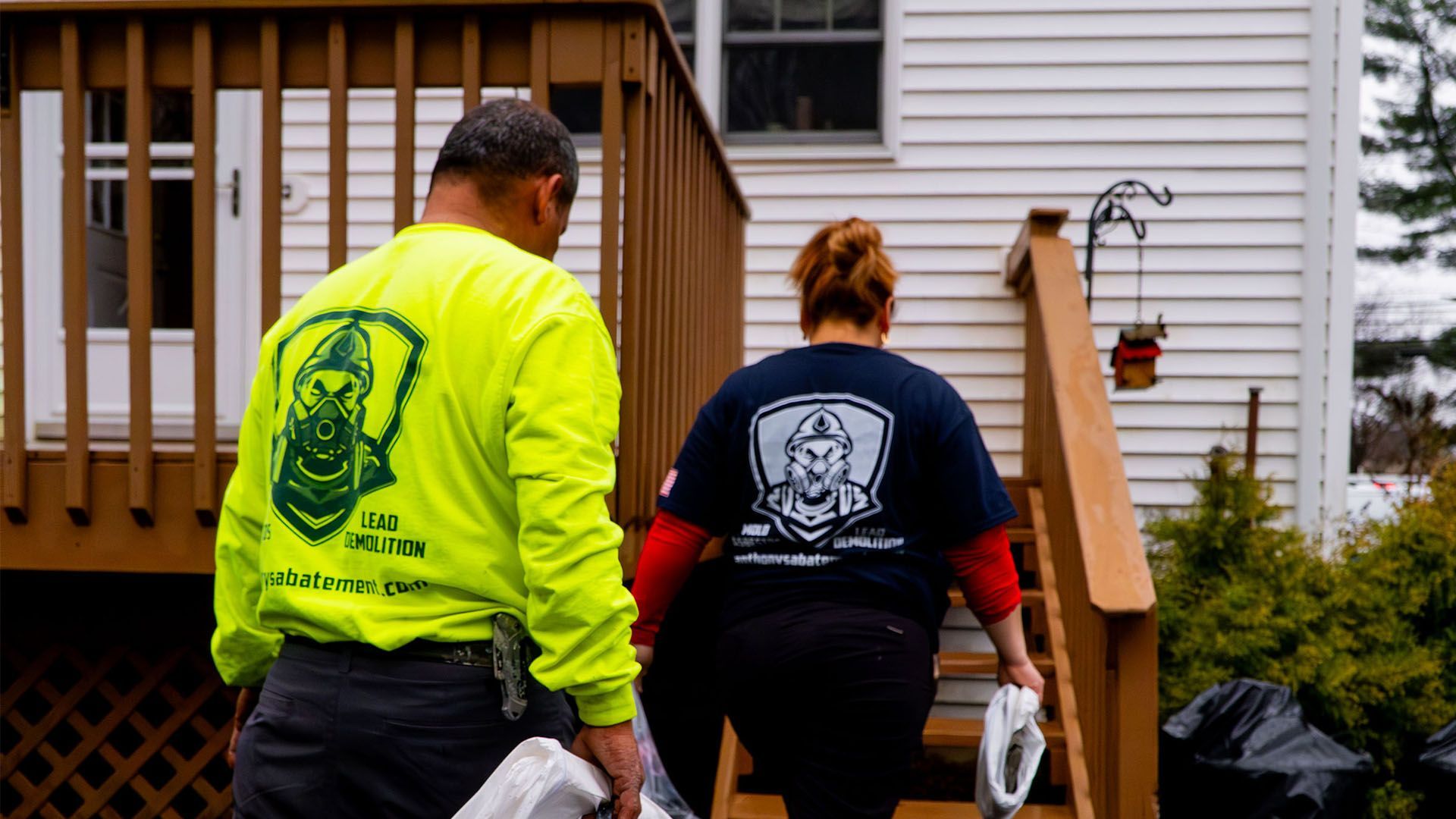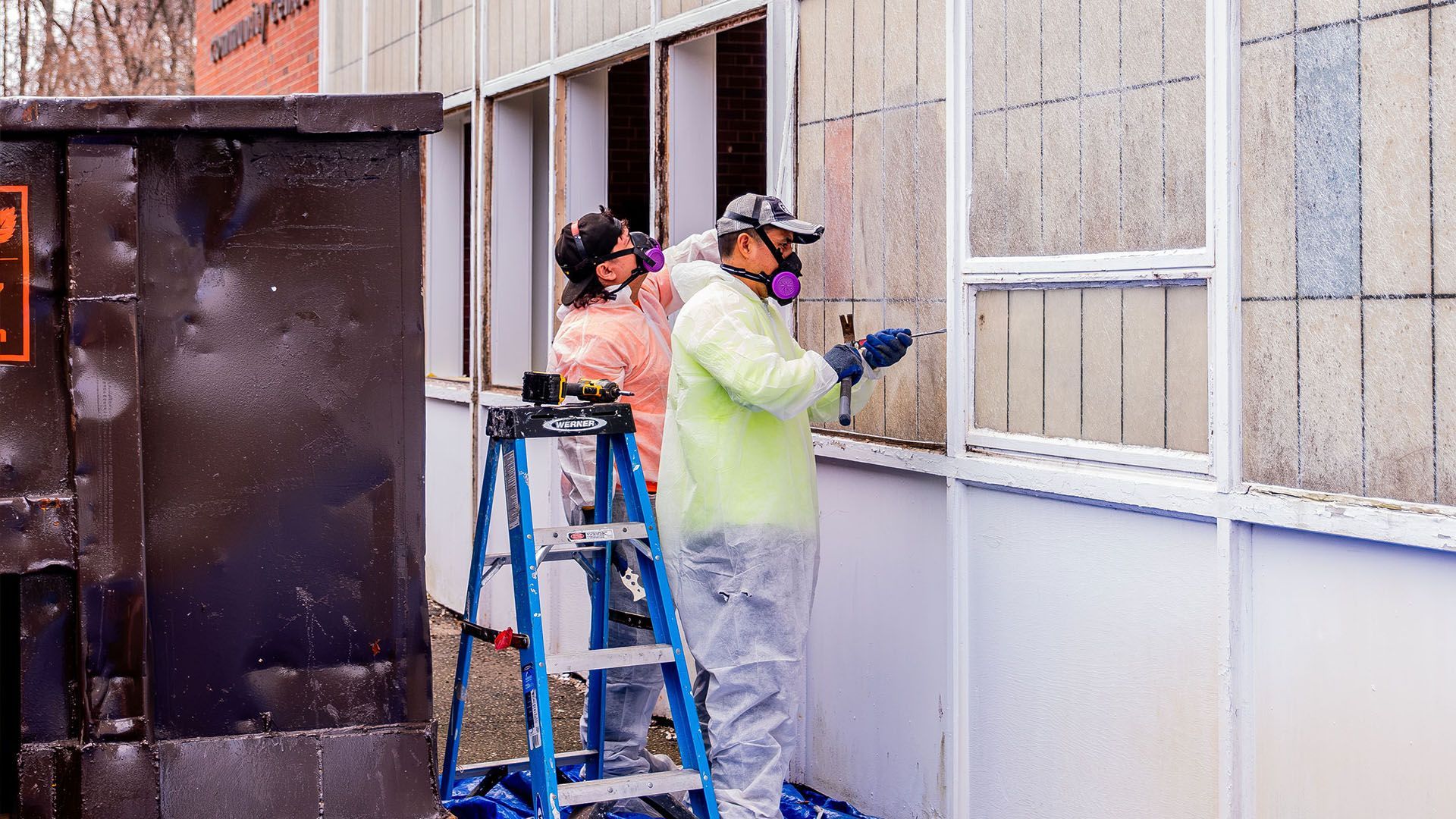Is Asbestos Siding Harmful to Your Health and Home?
Asbestos siding was once hailed as a durable, fire-resistant building material, especially popular from the 1920s through the 1970s. But with today’s knowledge of asbestos-related diseases, many homeowners are now asking a critical question: Is asbestos siding harmful?
Let’s explore the health risks, how to identify it, and what steps you can take to protect your family and your investment.

What Is Asbestos Siding and Why Was It Used?
Asbestos siding is typically made of cement mixed with chrysotile asbestos fibers. This made it strong, long-lasting, and resistant to fire, pests, and weather damage—attractive qualities for mid-20th-century construction.
However, over time, the health implications of asbestos in older homes became alarmingly clear.
Is Asbestos Siding Harmful? Understanding the Health Risks
Asbestos siding can be harmful—but only when disturbed. When the siding is intact, it's classified as non-friable, meaning the asbestos fibers are bound within the material and less likely to become airborne.
Problems arise during:
- Renovations
- Drilling or sanding
- Weather-related damage
- Improper removal
Once fibers become airborne and inhaled, they can lodge in the lungs and lead to asbestos-related diseases such as:
- Mesothelioma
- Asbestosis
- Lung cancer
These diseases often develop decades after exposure. The EPA and OSHA both classify asbestos as a hazardous material and have strict asbestos regulations for handling it.
How to Identify Asbestos Siding on Your Home

If your home was built before 1980, there’s a good chance it may contain asbestos siding. Here’s how to spot potential warning signs:
- Shingle shape: Often square or rectangular with a wavy pattern
- Material feel: Hard and brittle, like concrete
- Age of home: Structures built between 1920–1980 are prime candidates
When in doubt, use an asbestos testing kit or consult a certified professional. Never attempt to remove or test the material yourself—inhalation of asbestos fibers can occur even with minimal disturbance.
Should You Remove or Cover Asbestos Siding?
You have two primary options:
1. Leave it alone (if it's intact)
Many experts recommend encapsulation—sealing or covering the siding with vinyl or fiber cement siding. This prevents fiber release and avoids costly removal.
2. Professional asbestos abatement
If the siding is deteriorating or you plan to renovate, asbestos mitigation by licensed professionals is the safest route. This process includes:
- Containment
- Air monitoring
- Safe removal
- EPA-compliant disposal
The asbestos abatement process must follow both EPA and OSHA asbestos guidelines.
How Much Does Asbestos Siding Removal Cost in 2025?
According to recent estimates, the average cost to remove asbestos siding in 2025 ranges from $8,000 to $15,000, depending on:
- Square footage
- Location
- Accessibility
- Local regulations
Check our full 2025 cost breakdown here.
Final Thoughts: Managing Asbestos Siding Safely
While asbestos siding isn’t inherently dangerous if left undisturbed, it becomes a serious health hazard when damaged or improperly handled. If you suspect your home has asbestos siding:
- Do not disturb it
- Test and assess professionally
- Consider encapsulation or safe removal
At Anthony’s Abatement, we specialize in safe asbestos inspection, testing, and removal. Contact us for a consultation and keep your home and family protected.
